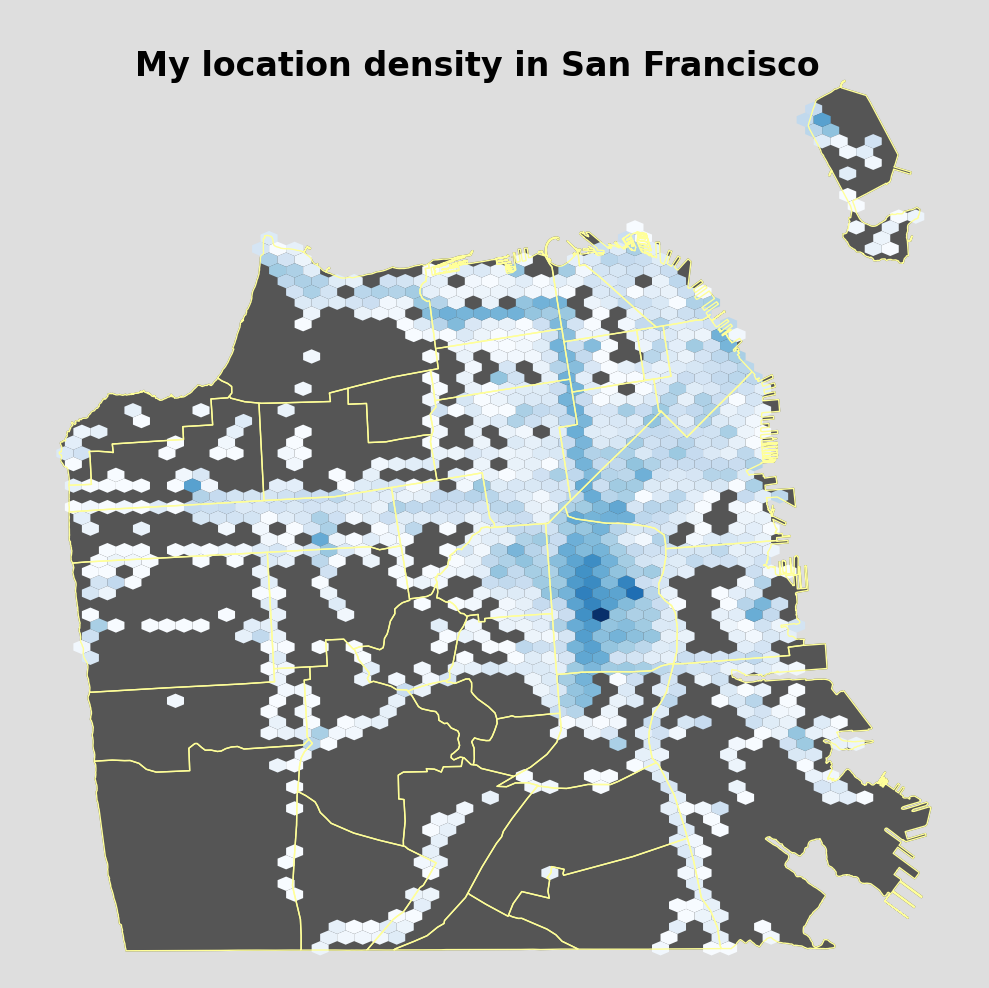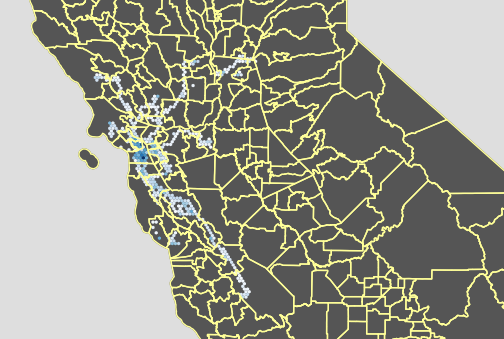This is what Saturday nights look like for us.
Our friend Tomas lent us a copy of Wrath Of Ashardalon. Doc and I have been playing some games and enjoying it.
We provided the wine ourselves.
Steen's home of the certainly strange
This is what Saturday nights look like for us.
Our friend Tomas lent us a copy of Wrath Of Ashardalon. Doc and I have been playing some games and enjoying it.
We provided the wine ourselves.
I’ve started playing Dungeon Keeper II again. I looked into it, and you don’t have to run it on a DOS emulator anymore (yay), because GOG Games apparently buys up old abandonware and keeps it current so it can run on modern systems. I recall that before, even from GOG Games, DKII would crash constantly and was absolutely unplayable. Plus they had a patch to update it to the “latest” version of the game, which also happened to prevent Dark Angels from spawning. Ugh. So I had given up on that for a while.
For whatever reason, I looked into it again this weekend, and found that from GOG Games it is now only $2.39 to buy DKII; plus, I saw in the comments that the game supposedly was updated to run on Windows 7 and Windows 8. At that price, I figured, what the heck. I’ll buy it and see if what they say is true. I wouldn’t mind being out $2.39 if it was still completely unplayable.
So I bought it, and it took a minor bit of tweaking around to get it running on Windows 10 (which nobody claimed it could run on, so this is not surprising), but it wasn’t too bad. Pretty much all I had to do was enable DirectPlay on Windows 10, which you do in Programs and Features by enabling “Legacy Components” in the list of Windows Features to turn on/off, and then enabling “DirectPlay” in the drop-down menu under “Legacy Components.” Et voila!
I got it up and running, and – no crashes! Everything was smooth and perfect. I played it for approximately 1,000,000 hours and it never crashed or lagged once.
But, after approximately 1,000,001 hours of gameplay, I finally discovered that one of the old problems were still there to haunt me. No Dark Angels. Dun-dun-duuuuuhhhnn. Serves me right for doing the campaign first, even though all I wanted to do all along was My Pet Dungeon. If I had started with MPD, I would have noticed this right away.
It didn’t matter if my whole dungeon was nothing but temples, I wouldn’t get a Dark Angel. I might not have noticed, if not for the fact that suddenly a Maiden (dryder) entered my dungeon. I have a deep-seated association with Maidens and the glitches associated with the patch, since they were first introduced in the anti-Angel patch. UGH. I almost quit and stopped playing right then and there. What is there left to aspire to, if you cannot even get Dark Angels?
Fortunately, I did a bit of Googling, and found this site that outlines how to correct the problem caused by the patch, and even provides the necessary files (from the old, non-patched version) to do so. Phew!
As you can see in the above screenshot, after replacing those files, you can now have a dungeon in which Maidens and Dark Angels coexist.
And yes, Warlocks are my favorites forever and ever, which is why I always must have a gillion of them.
While I was researching more ways to visualize my Google Location History, I ran across Beneath the Data’s excellent post on exactly that. I thought I’d start with trying to replicate what Tyler had done (because his figures are way prettier than the ones I’ve made thus far), and then doing my own thing from there. Little did I know that this would send me down some giant GIS/shapefile/geography rabbit hole.
I have to be honest, my main takeaway from the Beneath the Data post was that you could download shapefiles and use those to make your figures instead of the default world stuff from Basemap that I had been using. I’ll also admit that, until this point, I thought the Basemap’s drawmapboundary(), drawcoastlines(), drawcountries(), etc were super cool. Not as cool as using some super detailed and specific shapefile, though!
I immediately went to download a bunch of shapefiles of San Francisco, California, etc. I got obsessed with Shapefiles. I saw a bunch used for ecological studies of the bay, but (though I was sorely tempted) I did not download those. Unfortunately, this is where I hit my first snag. Apparently, Seattle uploads shapefiles with WGS84 coordinates. San Francisco, alas, does not. Anywhere. Ever.
There is a boundless sea of vector files available for SF, but no WGS84 coordinates to be had. I researched for an embarrassing number of hours of how to convert to WGS84 and trying to figure out if they were calculations I could automate, and how exactly the x,y coordinates for shapefile vectors were calculated. I even installed QGIS because somebody said that you could save a layer as WGS84 through there. Well, I couldn’t get that to work. Maybe it is due to my inexperience with GIS and shapefiles, or maybe it is a function that QGIS doesn’t have anymore. I don’t know.
Finally, I found out that gdal has a super easy way to convert shapefiles to GeoJSON. It is literally just one command. PHEW. At last, I could download any Shapefile I wanted, and instantly convert them to get WGS84 coordinates if they didn’t already have them. I went with this San Francisco Zip Codes shapefile, and converted that.
Of course, immediately after I figured out that gdal has this functionality, I found a California County shapefile that already had it in WGS84 coordinates, no conversion necessary. ISN’T THAT ALWAYS THE WAY.
Anyhow, I spent so much time learning about maps and shapefiles, that I haven’t yet done anything beyond simply replicating what Tyler did, but with my own data. But now that I’ve gotten all that out of the way, making the visualizations that I want will be the next step.


My older post Google Location History Part II can be read here.